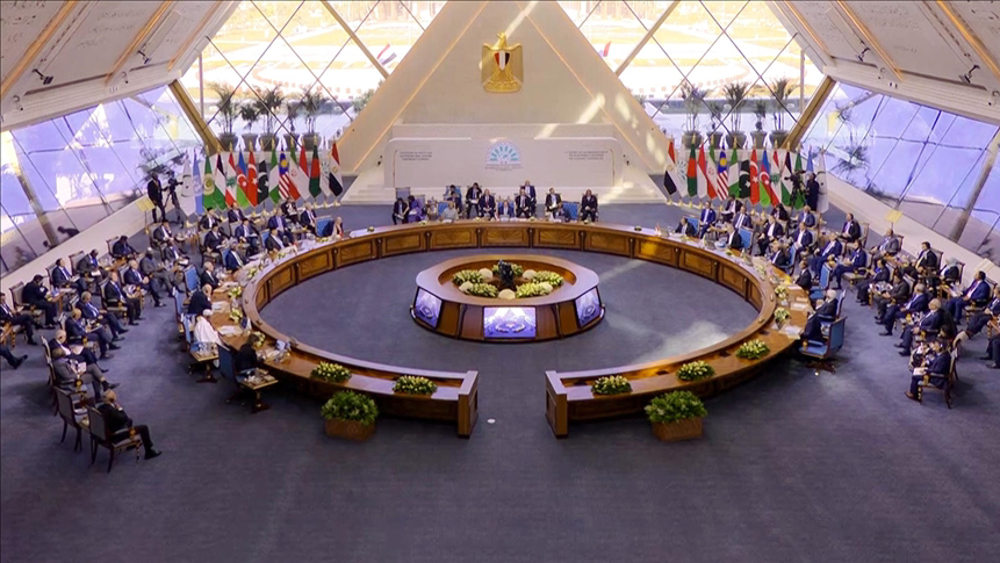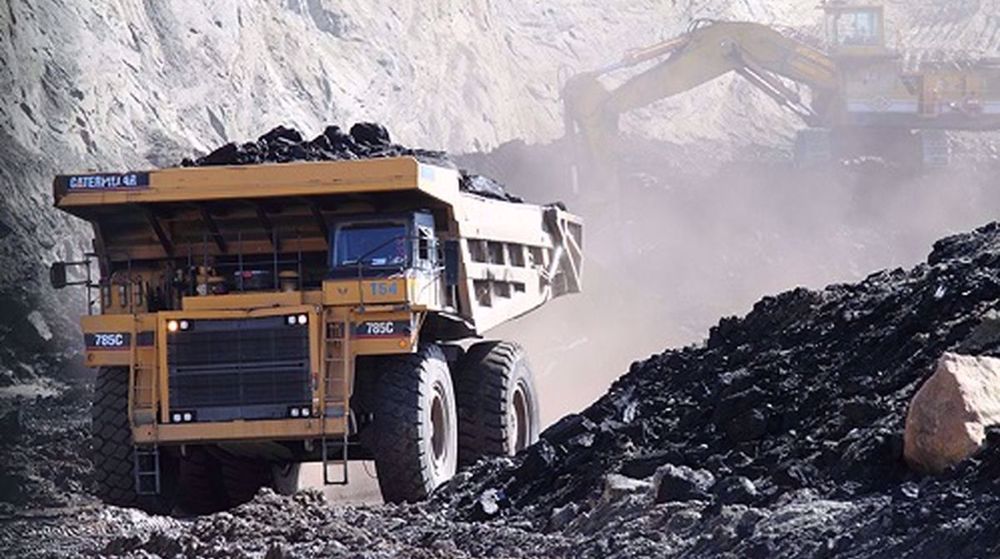Iran’s rial rebounds after days-long drop over fuel price hike
Iran’s rial has regained some footing after days of slide that began following a government decision to increase the price of unsubsidized gasoline by three times.
The IRNA news agency said in a Thursday report that the rial was trading 118,000 against the US dollar around noon local time in Tehran.
The price reported had been obtained from currency exchange shops run by the Iranian banks, said the report.
Other reports from the unofficial exchange market in downtown Tehran as well as prices seen on currency websites suggested the rial had closed at 119,500 against the greenback, up 4.4 percent compared to prices reported on Saturday, a day after fuel price hikes were announced.
Thursday prices showed a slight surge, 0.8 percent, against rates seen late on Wednesday.
The IRNA, which is the official government news outlet, said rial’s rebound proved earlier statements by senior government officials that gasoline price hikes had “no impact at all” on foreign currency prices.
Forex rates have become a major indicator of the economic situation in Iran, especially since the national currency crashed to historic lows of 190,000 against the US dollar a year ago, when the United States prepared to impose a series of harsh sanctions against Iran.
Many had expected that government’s abrupt decision early on Friday to increase the price of gasoline could badly hurt the rial and cause households to rush to the markets to sell their rial savings.
That came after the fuel price hike caused rounds of protests and riots on the streets, a development many said could seriously affect confidence in the markets.
The IRNA said rial closed at 130,000 against the euro Thursday afternoon while currency rate websites put the price at 132,500 later in the day.
American warplane downed after Yemeni attacks 'baffled' US air defense: Ansarullah
VIDEO | Yemenis praise the military for its successful operations against Israel
VIDEO | Israel continues to bomb Gaza homes
VIDEO | An insider's view of the country: Meybod City in Yazd
‘All wars have rules. All of those rules have been broken’ by Israel
VIDEO | Report flags India’s violation of rights of Rohingya detainees
Turkey's foreign minister meets Syria's de facto leader in Damascus
VIDEO | US Syria plots











 This makes it easy to access the Press TV website
This makes it easy to access the Press TV website